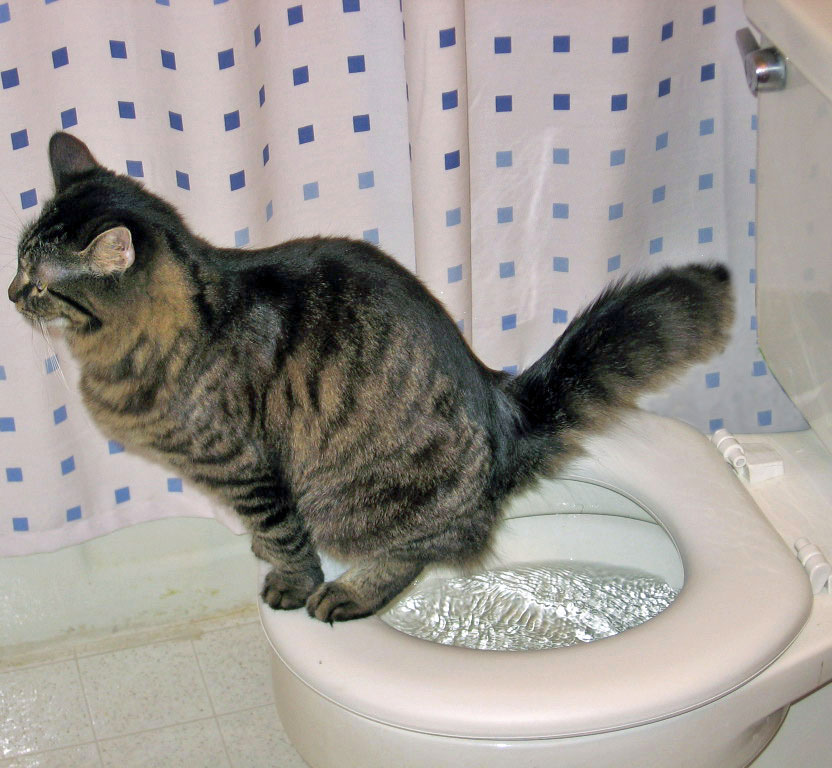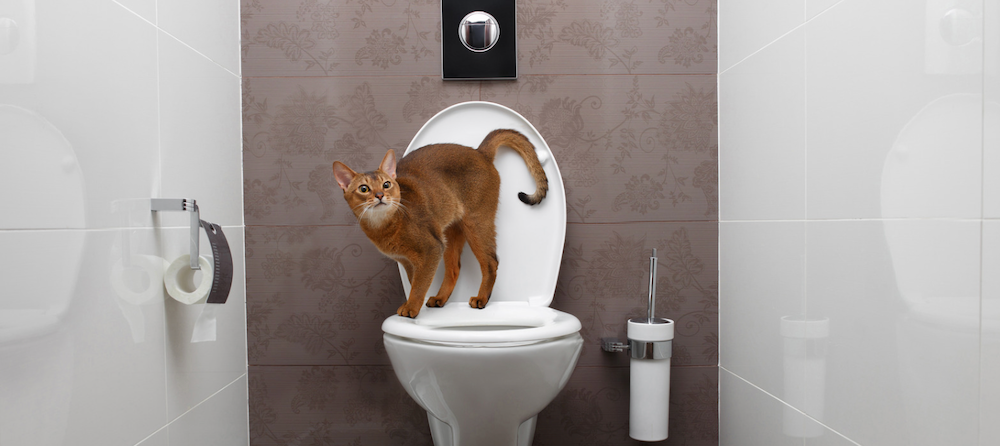Why You Need to Avoid Flushing Animal Waste Down the Toilet
Why You Need to Avoid Flushing Animal Waste Down the Toilet
Blog Article
Presented here underneath you'll find more exceptional additional info on the subject of Don't Flush Your Pets Poo Down The Loo, Vet Warns.

When it comes to disposing of waste, especially animal waste, many individuals often turn to the hassle-free choice of flushing it down the bathroom. However, this apparently easy option can have major effects for the environment and public health. In this post, we'll explore why flushing animal waste down the toilet is a bad idea and offer alternate approaches for correct disposal.
Intro
Correct waste disposal is essential for maintaining ecological sustainability and public health. While it might seem safe to flush animal waste down the toilet, it can result in various issues, both for the setting and human wellness.
Dangers of flushing animal waste
Ecological impact
Purging pet waste presents damaging microorganisms and microorganisms right into rivers, which can negatively influence aquatic ecological communities. These virus can pollute water resources and injury marine life, disrupting fragile ecosystems.
Public health problems
Pet waste consists of damaging microorganisms such as E. coli and Salmonella, which can position severe wellness threats to human beings. Purging animal waste down the toilet can contaminate water products, bring about the spread of illness and infections.
Alternatives to flushing
As opposed to flushing pet waste down the commode, there are numerous alternate disposal methods that are much more eco-friendly and hygienic.
Composting
Composting animal waste is a green way to dispose of it. By composting, organic matter is broken down right into nutrient-rich dirt, which can be used to fertilize gardens and plants.
Land fill disposal
Dealing with animal waste in a garbage dump is an additional alternative. While not as eco-friendly as composting, it is a much safer choice to flushing, as it prevents the contamination of water sources.
Family pet waste disposal systems
There are specific family pet waste disposal systems available that safely and hygienically get rid of animal waste. These systems typically utilize enzymes to break down waste and eliminate smells.
Steps to correct pet garbage disposal
To make sure proper disposal of animal waste, follow these actions:
Scooping and nabbing waste
Routinely scoop and bag pet waste using eco-friendly bags. This stops waste from contaminating the environment.
Making use of marked waste bins
Dispose of bagged pet waste in designated waste bins, such as compost containers or landfill containers. Stay clear of flushing it down the commode whatsoever prices.
Cleaning can and pet dog areas routinely
Consistently clean can and family pet areas to avoid the buildup of waste and microorganisms. Usage pet-safe cleaning items to keep hygiene.
Benefits of correct disposal approaches
Embracing correct disposal approaches for animal waste uses numerous advantages:
Reduced environmental pollution
Correct disposal approaches minimize the risk of environmental pollution, safeguarding waterways and ecosystems from contamination
Minimized risk of water contamination.
By preventing flushing pet waste down the commode, the threat of water contamination is considerably decreased, guarding public health.
Boosted hygiene and hygiene
Proper disposal methods advertise much better cleanliness and health, developing a safer setting for both people and pets.
Final thought
In conclusion, purging pet waste down the toilet is damaging to the environment and public health. By embracing different disposal methods and adhering to correct waste management methods, we can minimize the negative effect of animal waste and contribute to a cleaner, healthier world.
Why You Should Never Flush Cat Poop Down the Toilet
A rose by any other name might smell as sweet, but not all poop is created equal. Toilets, and our sewage systems, are designed for human excrement, not animal waste. It might seem like it couldn’t hurt to toss cat feces into the loo, but it’s not a good idea to flush cat poop in the toilet.
First and foremost, assuming your cat uses a litter box, any waste is going to have litter on it. And even the smallest amount of litter can wreak havoc on plumbing.
Over time, small amounts build up, filling up your septic system. Most litter sold today is clumping; it is made from a type of clay that hardens when it gets wet. Ever tried to scrape old clumps from the bottom of a litter box? You know just how cement-hard it can get!
Now imagine just a small clump of that stuck in your pipes. A simple de-clogger like Drano isn’t going to cut it. And that means it’s going to cost you big time to fix it.
For an amusing, graphic tale of what happens when you flush too much litter down the toilet all at once, take a few minutes to read Gene Weingarten’s 2017 Washington Post column “So that’s what happens when you flush cat litter down the toilet.”
Parasitic Contamination
Believe it or not, your healthy kitty may be harboring a nasty parasite. Only cats excrete Toxoplasma in their feces. Yet it rarely causes serious health issues in the cats that are infected. Most people will be fine too if infected. Only pregnant women and people with compromised immune systems are at risk. (If you’ve ever heard how women who are expecting are excused from litter cleaning duty, Toxoplasma is why.)
But other animals may have a problem if infected with the parasite. And human water treatment systems aren’t designed to handle it. As a result, the systems don’t remove the parasite before discharging wastewater into local waterways. Fish, shellfish, and other marine life — otters in particular — are susceptible to toxoplasma. If exposed, most will end up with brain damage and many will die.
Depending on the species of fish, they may end up on someone’s fish hook and, ultimately on someone’s dinner plate. If that someone has a chronic illness, they’re at risk.
Skip the Toilet Training
We know there are folks out there who like to toilet train their cats. And we give them props, it takes a lot of work. But thanks to the toxoplasma, it’s not a good idea.
Leave the toilet to the humans, and accept your future litter cleaning duty.

I was introduced to that write-up on 10 Things You Should Never Flush Down The Toilet from an acquaintance on our other website. So long as you appreciated our blog posting please remember to share it. Thanks for being here. Come back soon.
Get Quote Now Report this page